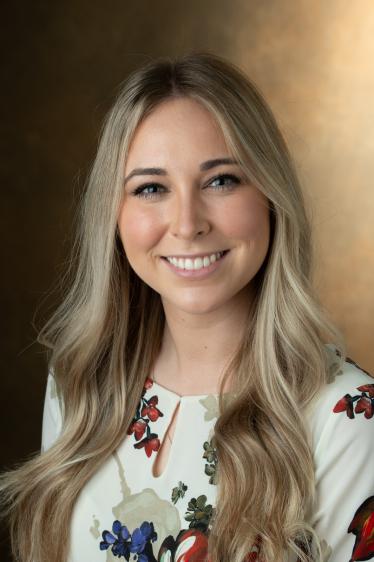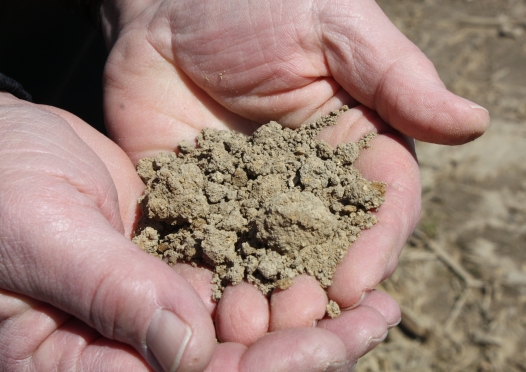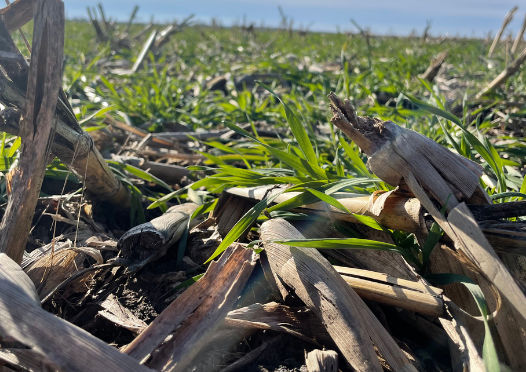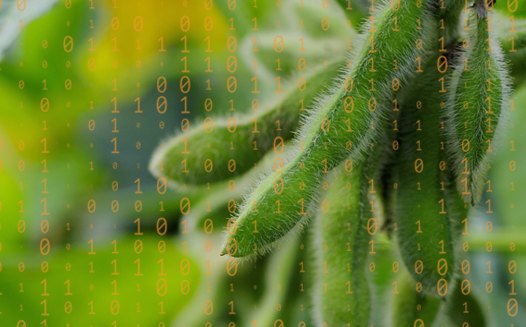ILSOYADVISOR POST
Growing a Carbon Program
This article was originally published in the July issue of the Illinois Field & Bean magazine. Read the full article here.
It seems as if we're hearing about new carbon market programs left and right these days. The myriad viewpoints can be confusing, so much so that farmers can become bewildered with unanswered questions as to which opportunity is the best option for their operation.
Last year, the need for clarity for these carbon programs was recognized by several organizations, including the Illinois Sustainable Ag Partnership (ISAP), who stepped up to help answer lingering questions.
ISAP, a partnership between several organizations established in 2017, released its Carbon Farming in Illinois Factsheet in September 2020 that was fully developed by its Science Advisory Committee. The fact sheet serves to introduce farmers to financial opportunities available for implementing practices that reduce greenhouse gas emissions, summarizing minimum requirements and payments from traditional financial assistance programs side-by-side with market-based approaches.
Upon its release, the fact sheet garnered a lot of attention, including that of conservation organizations in neighboring states who were struggling with the topics as well. Around the same time, many companies offering carbon programs approached ISAP and other organizations seeking opportunities to share their programs with farmers. ISAP rallied together 24 organizations covering Illinois, Wisconsin, Indiana, and Ohio, and collaborated to bring information frorm four very prominent markets, Indigo Ag, Nori, Ecosystem Services Market Consortium, and the Soil and Water Outcomes Fund, to farmers using their combined network.
"We wanted more than a standard commercial spiel," says Jean Brokish, ISAP Coordinator and American Farmland Trust Program Manager. "We wanted to create transparency and get everyone on the same page. We asked ourselves, how can we help farmers compare market opportunities and evaluate which ones make the most sense? We structured the presentations around a hypothetical Midwestern farmer, making sure that the panel developed their presentations in a way that made sense to farmers. Half of the webinar time was used to answer questions, all of which were developed based on questions received through the registration process and during the webinar itself."
ISAP and partners successfully brought in over 1,700 registrations and 1,000 attendees for the Farming for the Future forum in February 2021, which can be viewed here.
The February event was just a taste of what farmers and professionals in the agricultural industry can learn from four more webinars happening this summer. The Farming for the Future Ecosystem Market Summer Series, two of which were held on June 22 and 24, and the remaining two occuring on July 13 and 15, explores multiple ecosystem services market opportunities for Midwest farmers. The series provides farmers and their advisors with practical and straightforward information on innovative market incentives.
The summer webinar series, all being held from 11:00 a.m. to 12:30 p.m. CDT, features programs available from input provides such as Bayer, Corteva, and Nutrien; explores innovative markets and data platforms available from CIBO, Farmers Business Network, and Land O'Lakes; examines market opportunities through the lens of grain buyers and consumer packaged goods companies with Cargill, General Mills, and PepsiCo; and investigates water quality markets and additional potential revenue streams for ecosystem services.
It's not too late to register for the final two webinar events here!
Questions to ask when considering a carbon program:
"One thing to keep in mind are payment terms and penalities," says Brokish. "If you're signing up to capture carbon based on practice adoption, and for some reason you can't get the practice in because of weather or some other unforeseen event, you need to know what penalties there may be."
Brokish adds that it's also important to understand the long-term implications.
"Farmers need to make sure they know whether it's just carbon they're dealing with or if there are other rights involved - are water quality credits also going with them, are you also giving up the opportunity to participate in federal programs, for how many years are you bound by the terms of the agreement? Understand what you're selling, read the fine print of the contract, and be sure to have an attorney that has your best interest in mind go over the contract as well."
Looking ahead, Brokish adds that ISAP hopes to develop a decision tree, following the summer webinar series, for farmers to use when making carbon market program decisions.
"We are developing a reference document that compares multiple market opportunities that will be available to farmers later this summer to serve as a tool when making decisions based on what they grow and how it's grown, and to help them understand which market type would be best for their farm," says Brokish. "We also plan to include the more traditional cost-share programs such as the Environmental Quality Incentives Program (EQIP) and the Conservation Stewardship Program (CSP) in the decision tree. We don't want to lose sight of these programs as they pose less risk than private markets and may be the best option for some farmers."
Complementing the decision tree, ISAP also plans to develop and provide tools for other organizations and farm advisors in the form of a standard slide deck packed with materials and information to share with their audiences.
For more information about ISAP's Farming for the Future webinars, visit ilsustainableag.org.
To learn more about available carbon market opportunities, check out the American Soybean Association's Carbon Market Snapshot.





Comments
Add new comment